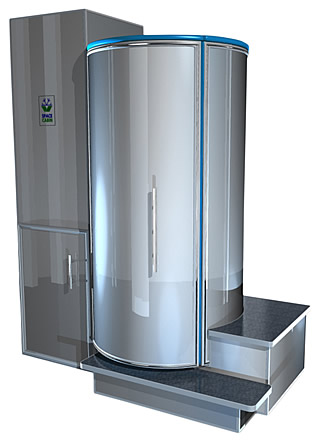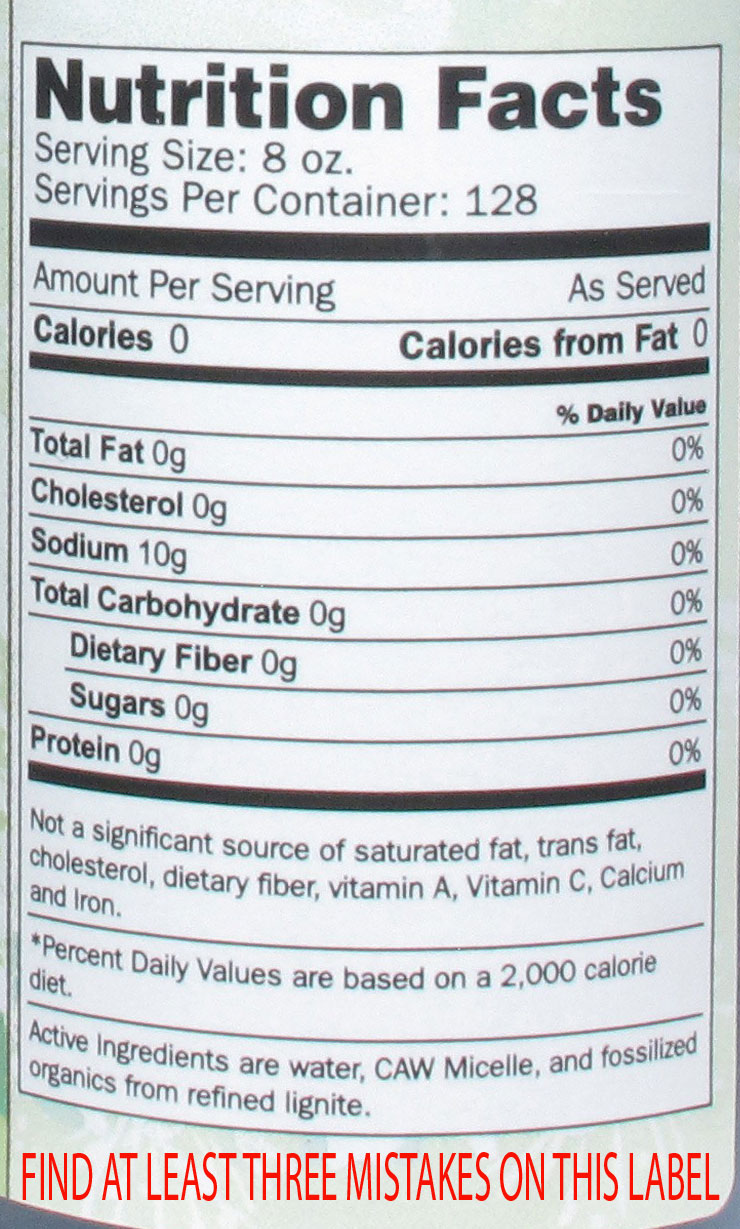Cryotherapy

Sorry. This article won’t conclude by telling you if the relatively new fad of “whole body cryotherapy” (WBC) works for athletes or movie stars, or not. Research on this technique is ongoing and so as of this point, there is no definitive scientific position, with results supporting both sides of the debate. What follows is a review of some research to date and some considerations for deciding if this treatment is right for you.
Whole body cryotherapy
Whole body cryotherapy (WBC) exposes a person's skin to extreme cold for a brief time. The "cryosauna" uses cold nitrogen gas between -110°C and -140°C (-145°F to -184°F) generally between 3-4 minutes and cools the skin surface temperature by 15-30°C (30-50°F). Users wear nothing but a bathing suit or underwear and are also encouraged to wear socks, gloves, mouth, and ear protection against acute frostbite.
The cryosauna manufacturer's website says it best. "The skin immediately reacts to the cold, sending messages to the brain that stimulate the body’s regulatory functions. This process helps the brain identify areas that may not be working to their fullest potential. Exposure to the extreme temperature also triggers the release of anti-inflammatory molecules and endorphins. The theory behind the deep freeze is that it tricks your body into believing it is in serious danger of freezing. The core body temperature remains unchanged during the treatment, however it may drop slightly afterwards. The brain sends signals to the rest of the body to draw blood from the extremities and rush it to the core for protection. The goal of the freeze is to decrease cellular metabolism, decrease inflammation, decrease pain and promote vasoconstriction. After you step out, the blood rushes back out again and the brain figures out where to send the blood first, for the runner the legs of utmost priority. The immediate effect of skin cooling and analgesia lasts for 5 minutes, but the release of endorphins can have a lasting effect, where the pains and signs of inflammation as found in blood tests remain suppressed for weeks."
Details on the reported benefits
Reported benefits per the manufacturer website include, "Decreased fatigue; Decreased muscle soreness; Decreased injury recovery time; Quicker surgical recovery; Psychological competitive edge; Decreased anxiety; Decreased depression; Decreased incidence of colds and flu; Tighter, healthier skin; Cellulite reduction; Stronger, fuller hair; Stronger nails; Fewer skin blemishes; Increased libido; Increased sexual stamina.
Treatment options: Depending on the condition you are treating, the clinic recommends starting with five to 10 treatments in close succession (separated by no more than a day or two) to maximize results. Once progress begins, they indicate that users can take fewer treatments spaced farther apart to maintain and improve results. As there do not appear to be any scientific studies that have established optimized protocols, the above recomendations appear to do little more than to maximize clinic profit.
Cryotherapy origins: Cryotherapy has been used as early as the 17th century to treat a number of diseases and disorders, especially skin conditions. The concept of the whole body cryotherapy originated in Japan in 1978, and a group of Polish scientists adopted idea brought it back to Poland's Olympic training center.
What does the FDA say about this procedure? The devices and procedure are not subject to approval by the US Food and Drug Administration. Basically, cryo clinics can claim just about any benefit from this treatment with no consequences. User beware: this is still the wild west.
How much and where: Prices appear to range from $25-$50 per treatment, with packages and membership deals available. A treatment takes a few minutes. Locations in Roseville and Malibu, California are two whole body cryotherapy centers in the US, with other locations in operation and popping up worldwide. "Francise opportunities available".
What do scientific studies say about WBC?
A 2004 review of 55 articles determined that 22 were eligible randomized, controlled clinical trials. Based on the available evidence, cryotherapy seems to be effective in decreasing pain. In comparison with other rehabilitation techniques, the efficacy of cryotherapy has been questioned. The exact effect of cryotherapy on more frequently treated acute injuries (eg, muscle strains and contusions) has also not been fully elucidated. The authors commented on the poor overall quality of the data available due to limited sample size, mode, duration and frequency of applicaton, blinding, and controls of other variables. They conclude that many more high-quality studies are required to create evidence-based guidelines on the use of WBC.
A 2011 French study (here) supported the use of WBC demonstrated efficacy in reducing the inflammatory process. The authors hypothesize that WBC promotes vasoconstriction at the muscular level, and both decrease cytokine pro-inflammatory activity, and increase anti-inflammatory cytokines. It should be noted that small changes in blood chemistry do not necessarily confer a real-life benefit.
By contrast, a more recent study published in April 2012 (here) demonstrated no benefit of WBC on proprioceptive function and muscle force recovery following eccentric muscle contractions. They concluded that WBC, administered 24 hours after eccentric exercise, is ineffective in alleviating muscle soreness or enhancing muscle force recovery.
Predictably, there is plenty of "personal testimony" to support WBC's amazing benefits available on clinic and manufacturer websites. None of it stands up to scientific scrutiny.
Justin: what happened to your toes?
In 2011, top contender Justin Gatlin showed up at the World Outdoor Track and Field Championships in South Korea with frostbite on his feet. When probed, he admitted to trying WBC, where he had entered the chamber with damp socks, which then froze to his feet causing frostbite. With that WBC-induced injury, Justin failed to qualify for the 100m finals. Alberto Salazar has been reported to be using the cryosauna with his athletes. There are no estimates as to the number of athletes currently using this technology.
Taylor, why are you in the hot sauna?
Proving there is always an alternate "alternative" treatment, prior to the 2012 Olympic games, phenom cyclist Taylor Phinney had been reported to be following his training rides with a 20-minute bake in a hot sauna, allegedly encouraging the body to release an antidiuretic hormone that promotes an increase in blood plasma. Other athletes have been known to employ an alternating hot-cold therapy to promote increased blood flow, while other athletes seem to derive physical and psychological benefit from soaking in a hottub.
Jonathan's suggestion for athletes: Don't bother. Until further well-designed studies show definite benefits for WBC, it would appear that traditional ice baths or massage confer the same pain-reduction benefits as WBC with ease and at a reduced cost. With proper protection, the risks associated with WBC appear low and so if you are keen to try the latest in alternative treatments, WBC may be worth a try. Until studies show otherwise, it might also be categorized as yet another expensive piece of medical quackery.
What do you think? Have you tried WBC? Please feel free to comment and share your (non-advertising) experience or opinion here.
Jonathan Toker is the Slowtwitch.com science editor and an elite-level trail runner-triathlete who hails from Canada and lives in Southern California. He received a Ph.D. in organic chemistry from The Scripps Research Institute in 2001. Jonathan invented the SaltStick products in 2002.



Start the discussion at slowtwitch.northend.network